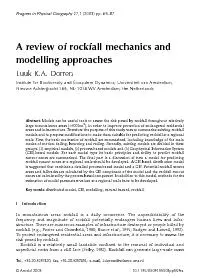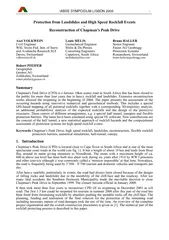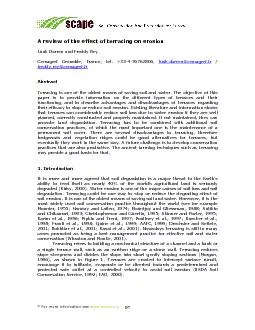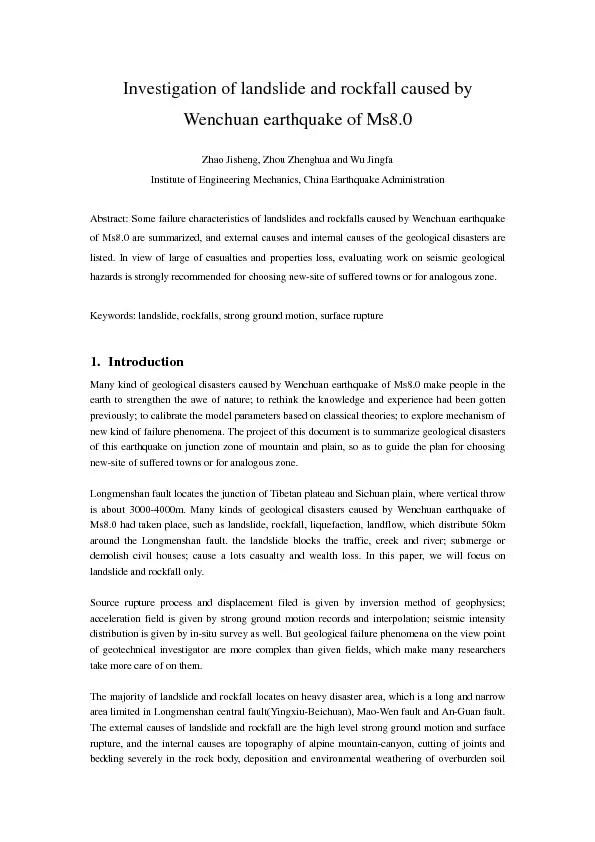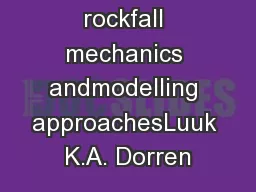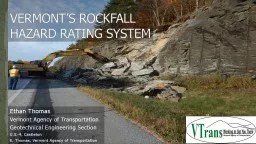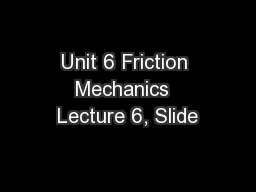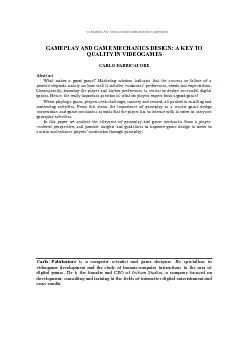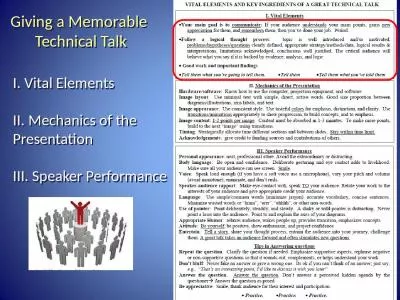PDF-A review of rockfall mechanics andmodelling approachesLuuk K.A. Dorren
Author : alexa-scheidler | Published Date : 2015-10-13
70Review of rockfall mechanics and modelling approachesmovements of rock material but these processes are defined as rockslides or rockavalanches see also Abele
Presentation Embed Code
Download Presentation
Download Presentation The PPT/PDF document "A review of rockfall mechanics andmodell..." is the property of its rightful owner. Permission is granted to download and print the materials on this website for personal, non-commercial use only, and to display it on your personal computer provided you do not modify the materials and that you retain all copyright notices contained in the materials. By downloading content from our website, you accept the terms of this agreement.
A review of rockfall mechanics andmodelling approachesLuuk K.A. Dorren: Transcript
Download Rules Of Document
"A review of rockfall mechanics andmodelling approachesLuuk K.A. Dorren"The content belongs to its owner. You may download and print it for personal use, without modification, and keep all copyright notices. By downloading, you agree to these terms.
Related Documents

